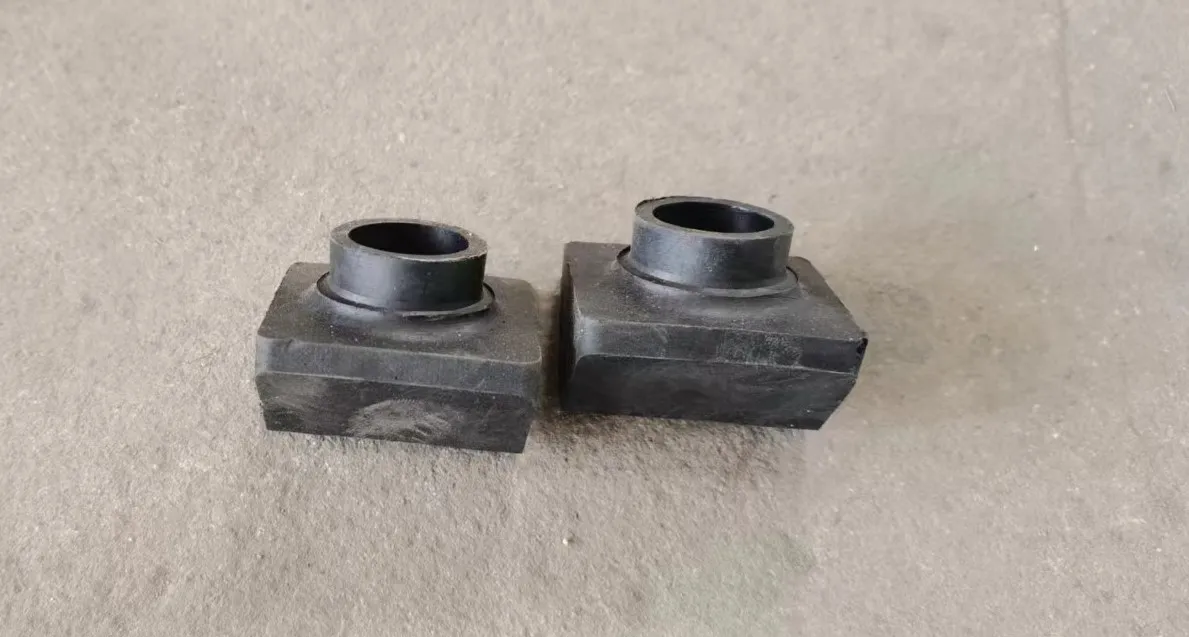loading...
- No. 9, Xingyuan South Street, Dongwaihuan Road, Zaoqiang County, Hengshui, Hebei, China
- admin@zjcomposites.com
- +86 15097380338
- Welcome to visit our website!
frp grating walkway
The Advantages of FRP Grating Walkways
Fiberglass Reinforced Plastic (FRP) grating walkways have emerged as a popular choice for various industrial, commercial, and recreational applications. With a combination of strength, durability, and lightweight properties, FRP grating presents numerous advantages over traditional materials like wood, steel, or aluminum. This article delves into the benefits of using FRP grating walkways and why they are becoming the go-to option for many projects.
The Advantages of FRP Grating Walkways
Lightweight yet strong, FRP grating is easier to handle and install compared to heavier materials. This characteristic not only simplifies the installation process but also reduces labor costs and time. The lightweight nature of FRP means that less structural support is needed for installation, which can translate to savings in both materials and labor. This efficiency makes FRP grating an attractive option for a variety of construction projects.
frp grating walkway

Safety is another significant consideration, and FRP grating walkways excel in this aspect. The slip-resistant surface of FRP grating provides better footing, even in wet or oily conditions. This is crucial for environments such as industrial workshops, outdoor recreational areas, and even pedestrian pathways where slips and falls can lead to serious injuries. Additionally, the materials used in FRP grating are non-conductive, reducing the risk of electric shock in industrial settings where electrical hazards might be present.
Another important advantage of FRP walkways is their design versatility. Available in various colors, shapes, and sizes, FRP grating can be customized to meet specific project requirements. This adaptability allows architects and builders to incorporate the material seamlessly into their designs, enhancing both functionality and aesthetics. Whether the goal is to create an inviting public space, a robust industrial platform, or an environmentally friendly solution, FRP grating can fulfill these needs.
Moreover, the environmental impact of FRP materials can be less compared to traditional options. The manufacturing process for FRP generates fewer pollutants, and the materials can be designed to last longer than their counterparts, reducing waste. As sustainability becomes increasingly important in construction practices, choosing FRP grating aligns with eco-friendly objectives.
In conclusion, FRP grating walkways offer numerous advantages, including excellent corrosion resistance, lightweight and strong construction, safety features, design flexibility, and a smaller environmental footprint. As industries seek more efficient, durable, and sustainable solutions, FRP grating walkways are proving to be a superior choice for a wide range of applications. With these benefits clearly established, it’s no wonder that FRP grating is gaining popularity in today’s marketplace.
-
GRP Structures: The Future of Lightweight, High-Performance EngineeringNewsJun.20,2025
-
FRP Water Tank: High-Performance Storage for Corrosive and Clean Water SystemsNewsJun.20,2025
-
FRP Square Tube: The New Industry Standard for Chemical and Structural ApplicationsNewsJun.20,2025
-
FRP Pultruded Profiles: The Ultimate Choice for Lightweight Structural StrengthNewsJun.20,2025
-
FRP Handrails: The Safer, Smarter, and Stronger Choice for Modern InfrastructureNewsJun.20,2025
-
FRP Grating: The Smart Solution for Durable, Lightweight Industrial FlooringNewsJun.20,2025
-
Why Choose a Galvanized Water Tank for Your Storage NeedsNewsMay.21,2025
